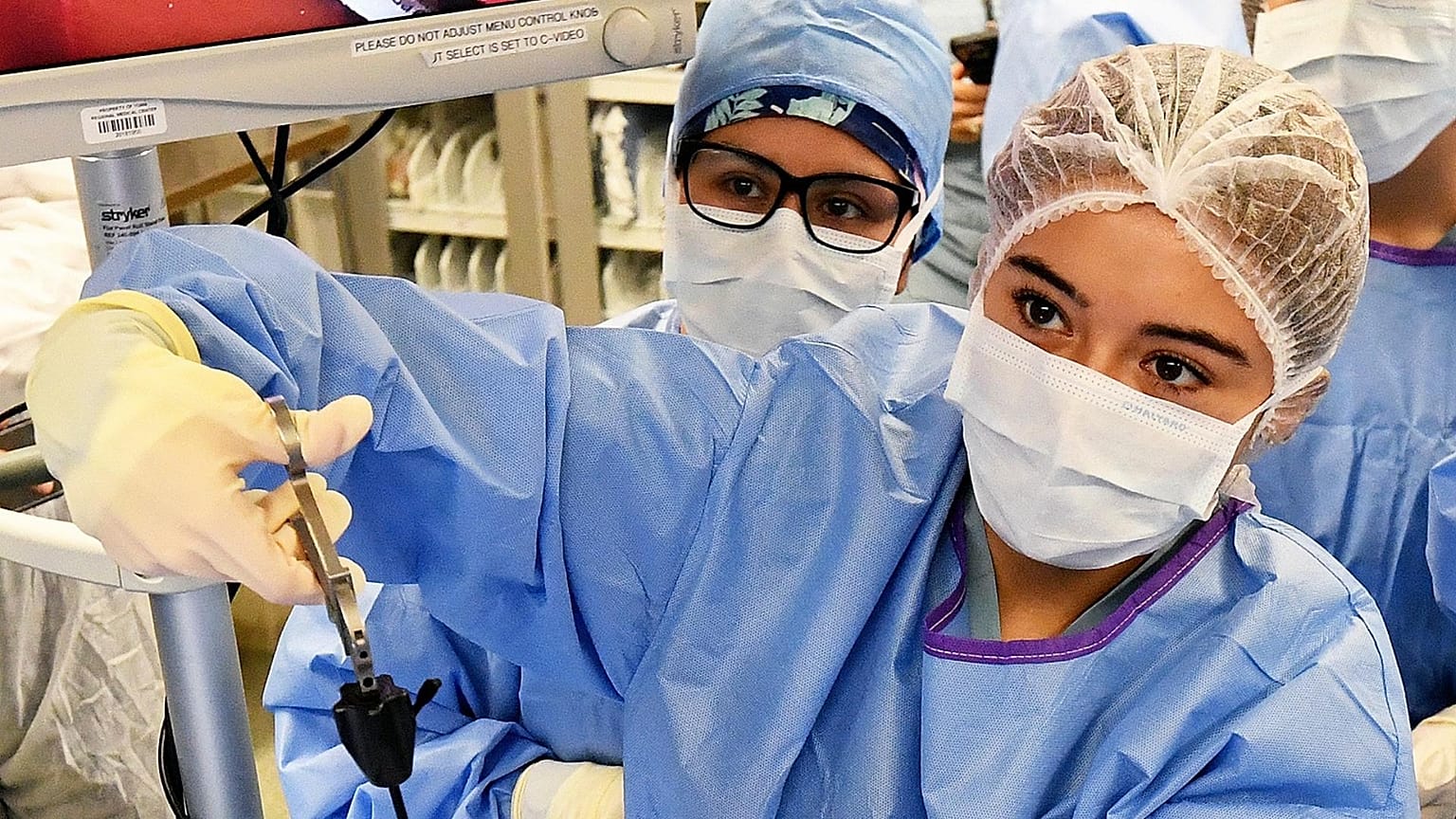Health care is responsible for 4.4 per cent of global carbon emissions. Here are some simple ways this can be reduced.
If global health care was a country, it would be the world’s fifth largest emitter.
Responsible for 4.4 per cent of carbon emissions globally, the health care industry is a significant contributor to climate change. The warming effects of such emissions in turn cause human harm, which is at odds with the mission of health-care professionals to increase the duration and quality of patients’ lives.
So what can be done to reduce the health care industry's impact on the environment?
What's the main source of carbon emissions in the healthcare industry?
Analysis of the UK’s National Health Service (NHS) emissions shows nearly 45 per cent of its carbon emissions come from purchasing equipment and medicines. Only 10 per cent comes from the electricity and gas needed to run hospitals and other health services.
Research by the universities of Melbourne and Sydney, Australia, reveals that one MRI scan has a carbon footprint of 17.5kg CO2 equivalent, which is the same as driving a car 145km. One CT scan has a footprint of 9.2kg CO₂ equivalent, likened to driving 76km.
These are significantly higher than the footprints of X-rays (0.76kg CO2 equivalent, 6km) and ultrasound (0.53kg CO2 equivalent, 4km).
Around 5 per cent of the UK’s healthcare emissions come asthma inhalers, which contain potent greenhouse gases called hydrofluorocarbons.
How can the healthcare industry reduce its carbon emissions?
The health care industry can reduce its emissions without compromising patient safety or quality of care. This can be achieved by moving from high carbon to low carbon alternatives, and by reducing unnecessary testing and treatments.
Studies have shown 36-40 per cent of imaging for lower back pain, and 34-62 per cent of CT scans for lung blood clots are unnecessary.Such scans offer little or no benefit to patients, may result in harm and waste resources.
Low-carbon methods can be used instead of high-carbon, such as ultrasound rather than MRI for shoulder scans.
Other research has shown blood tests produce between 49-116g CO2 equivalent each, which adds up when multiplied by millions. Like imaging, studies have shown 12-44 per cent of blood tests are unnecessary, according to evidence-based guidelines or decision rules.
Low-carbon alternatives are available for many healthcare treatments
Reducing emissions will require changes in both the approach and treatments provided by healthcare professionals. There are actions that can be taken today to achieve this, while not harming patients.
Anaesthetists can use the clinically equivalent anaesthetic gas sevoflurane (144kg CO2 equivalent per kg) instead of desflurane (2,540kg CO2 equivalent per kg).
Nitrous oxide or laughing gas (265kg CO2 equivalent) can be excluded from general anaesthesia without harm, and there are calls for a reduction in its use as acute pain relief for childbirth due to its high levels of emissions.
Midwives, however, have cautioned mothers should not be be made to feel guilty about their pain relief choices, and suggested hospitals could introduce nitrous destruction systems to allow its ongoing use.
Asthma patients can be safely moved from metered dose inhalers to dry-powder inhalers in most cases. This shift would reduce their annual carbon footprint from 439kg to 17kg CO2 equivalent. Across Scandinavian countries, 90 per cent of inhalers are now dry-powder, and health outcomes have been shown to remain the same.
What will it take to change the environmental impact of the global healthcare industry?
Reducing emissions in the healthcare industry will require ongoing education of current and future healthcare professionals about low-carbon care. Targeted commitments by individual healthcare organisations, and federal and state health departments will also be pivotal to change.



















